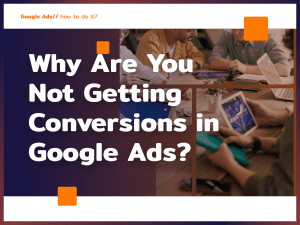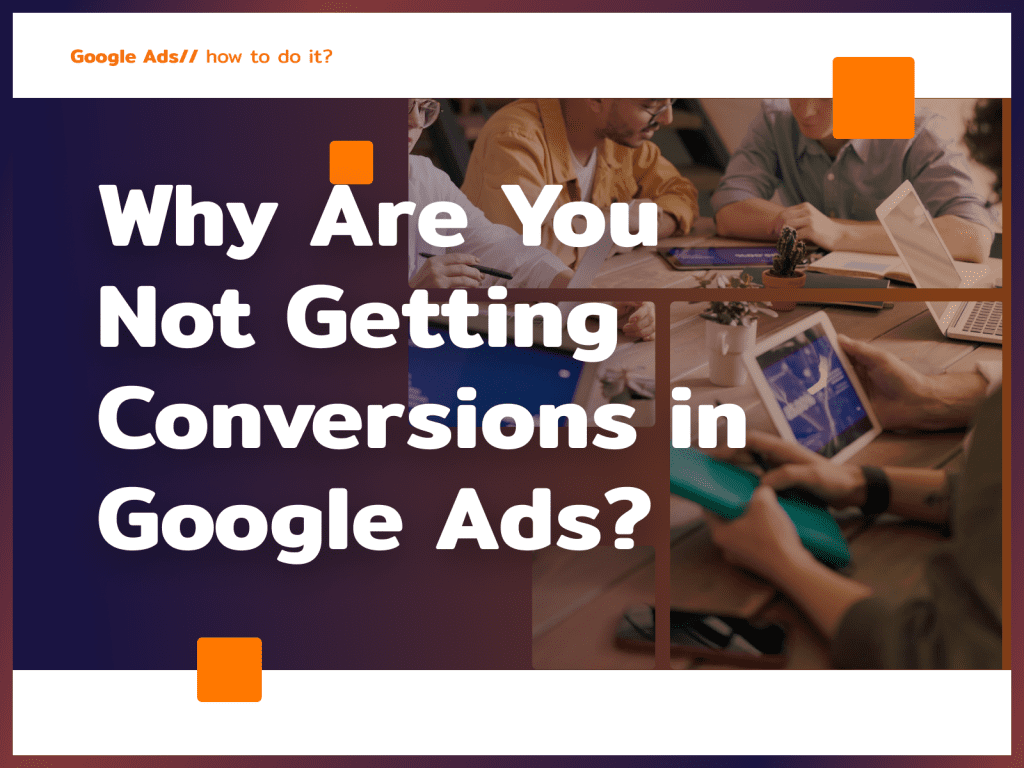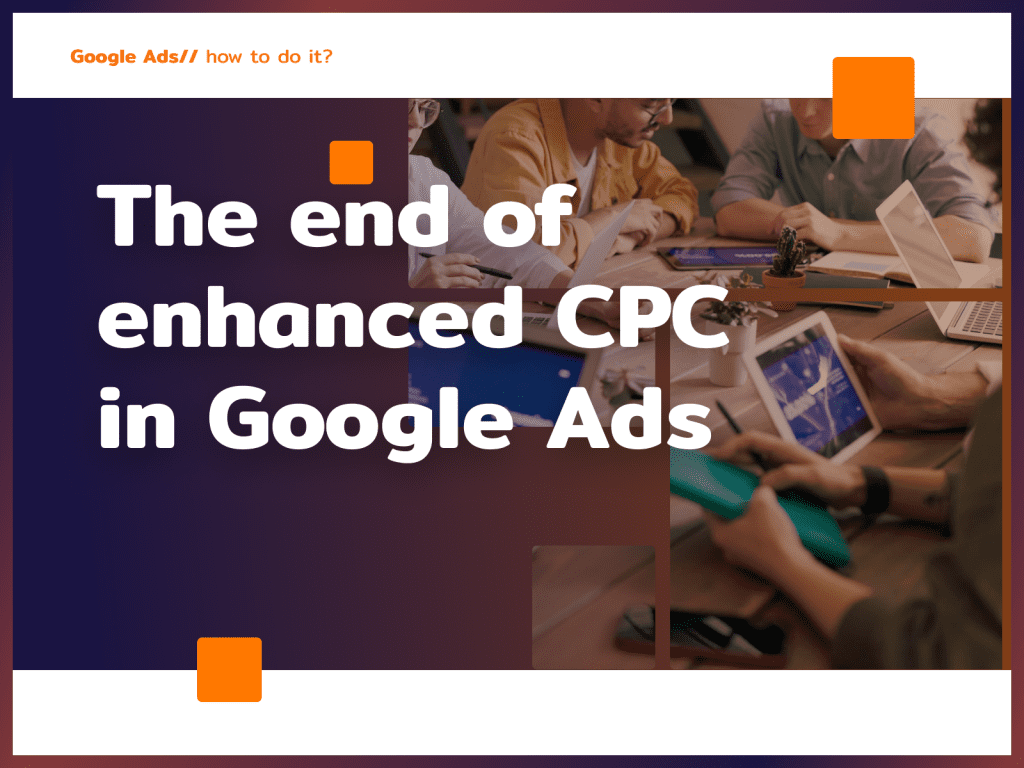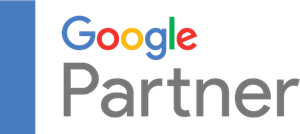A website is a key tool for building a company’s presence in cyberspace. However, just having an online presence is only the beginning. In order to stand out among thousands of competing sites, it is necessary to create a good website. What should a good website be like? It should not only be visually eye-catching, but most importantly it should provide valuable information, function efficiently and communicate effectively with users. In this article, we will explore the key features that a good website should have in order to meet the expectations of potential and current customers as well as yours.

Do you want to increase your profits with SEO?
I will prepare an action strategy and, together with my team, implement it for you.
What features should a good website have?
A good website should meet at least several conditions that affect its functionality, usability and attractiveness to users. Here are the key features that a good website should have:
Responsiveness
The website should be customized for different devices, such as computers, tablets and cell phones, to provide an optimal user experience on each device. To make sure that your website is suitable for viewing by all users interested in it, perform a Mobile optimization test shared by Google.
Intuitive user interface
Site navigation should be simple and intuitive, allowing users to easily find the information they need, reach the contact form or make a purchase or order.
Charging speed
The page should load quickly, Because this will allow you to avoid user frustration and improve your website’s position in search results.
Aesthetic and attractive design
The appearance of the site should be eye-catching, but at the same time not overdone, so as not to overwhelm users.

Understandable structure of information
The information on the page should be arranged in a logical manner, using headings, lists and paragraphs to make the content easier to read and absorb.
Quality and valuable content
The site should contain valuable, up-to-date content that is relevant to users’ needs. This is another element that combines the interests of you, the website users and Google. Valuable content is a win-win – it will help you gain the attention and trust of your customers, customers will have their questions and concerns answered, and Google will want to show it high in search results.
Adapting to SEO
A well optimized site for SEO (Search Engine Optimization) has a better chance of appearing in search results and attracting more visitors.
Security
The site should be properly secured, especially if it contains user data and transactions.
Possibility of interaction
A good site should encourage user interaction, such as through contact forms, comments, or content ratings.
Availability
The site should be accessible to all users, regardless of any limitations due to disability.
Optimization for social sharing
Facilitating content sharing on social media platforms can help spread the site, reach new audiences and build a positive brand image.

Regular update
The site should be regularly updated to maintain its value to users and increase its position in search engines.
Good technical support
In case of problems, users should be able to easily contact the site’s technical team or simply the staff at your company.
Remember that each site may have individual requirements and goals, so it is important to tailor the features to the specifics of the site and its target audience.
Stay up to date with SEO news!
Sign up for the newsletter
What should a good website contain?
A good website should include a variety of elements that provide users with valuable information, relevant interactive tools and an attractive user experience. Here are some of the key elements that a good website should contain:
Home page: Clear and inviting, presenting a brief description of the company, organization or theme of the site.
Navigation: Intuitive menus that make it easy to find the information you need.
About the company or organization: A page about the company that includes information about the history, mission, values and team.
Contact: Contact information, contact form or social media links that allow users to contact the site owner.
Services or products: Descriptions and information about the services or products offered, if the site represents a company.
Blog or News: A section with current news, articles or blog posts that provide valuable content for visitors.
Photo gallery or portfolio: Presentation of photos, graphics, projects that allow you to see the work of the company or the person running the site.
Customer reviews or testimonials: Positive customer reviews or testimonials that demonstrate quality and trust in the company or services.
Privacy Policy and Regulations: Explicit information about the site’s rules of use, privacy policy, cookies and other regulations.
Registration or order forms: If appropriate, the site should include forms that make it easy for users to register, sign up for a newsletter or place an order.
Frequently Asked Questions (FAQ): A clear section where answers to frequently asked questions help users find quick answers.
SEO Adjustment: Properly optimized website to increase its visibility in search results.
Social Media Buttons: Allow users to easily share content from the site on social media platforms.
Site Map: Helps users navigate the site and quickly access the information they need.
Active links and buttons: Making sure that all links and buttons work properly and direct to the right places, and adequately encourage people to make contact or finalize purchases.
Remember that the content and structure of the site depends on the purpose and type of your business, as well as the expectations of your target audience.
How much does a good website cost?
It very much depends! Prices can fluctuate depending on the scale of the project, the complexity of the site, its functionality, the technologies used, the location of the contracting company, and many other factors.
Here are some of the main aspects that affect the cost of a website:
Scope of the project
The more elaborate the project, the higher the costs will be. A simple business card website will be much cheaper than an advanced e-commerce platform with multiple functionalities.
Design and appearance
A unique and personalized design can cost more than using a ready-made template.
Functionality and interactivity
Adding more advanced features, such as forms, chatbots, administrative panels, etc., can affect costs.
Responsiveness
Adapting the site to different devices (e.g., phones, tablets) can increase the price of the project.
SEO optimization
Optimizing a site for search engines may require additional expenditures.
Technologies used to build the site
The use of more advanced technologies may affect the price.
Adaptation to legal requirements
Parties that require special data protection may require additional security efforts.
Indicatively, simple business card sites can cost from a few to several thousand zlotys, while more advanced sites with e-commerce functionality or dedicated administration panels can cost tens of thousands of zlotys.
It is worth noting that the cost of maintaining a website can also vary, especially for a site with dynamic content or that requires regular updates.
When my team and I develop websites and online stores for our clients, we always thoroughly discuss the project requirements to offer a fair quote and be sure that the final price reflects the expected functionality and quality. Are you looking for a website contractor? Let’s talk! I will be happy to advise you on what works in your industry and prepare a customized proposal for cooperation.
Who makes good websites?
Creating a good website requires the collaboration of various specialists, each of whom brings their unique skills to the project. Here are the main roles of people who can work on your website:
- Web developer (web programmer): A web developer is responsible for creating a website using various programming languages such as HTML, CSS, JavaScript, PHP, Python, etc. This is the person who transforms the graphic design (layout) provided by the graphic designer into a working website. The web developer also handles the implementation of interactivity, forms, databases, and optimizing the site for speed and performance.
- Graphic designer (web designer): A web graphic designer designs the look of a website, visualizing its layout, elements, colors and styles. It creates graphics, images, icons and other visual elements that give the site an aesthetic and consistent look. He often uses graphic design tools such as Adobe Photoshop and Illustrator.
- UX/UI designer: a UX specialist. user experience (UX) and user interface (UI) is to design an intuitive and usable website interface to provide a positive experience for visitors. They make sure that navigation is intuitive and user interactions are intuitive and efficient.
- Copywriter: a copywriter is in charge of writing content for a website. Properly prepared content is important for positioning a site in search results and for conveying relevant information to users.
- SEO specialist: An SEO (Search Engine Optimization) specialist takes care of optimizing a site for search engines. It makes changes and strategies to increase the visibility of the site in search results, which attracts more organic traffic.
- UX/UI Designer: The UX/UI designer is responsible for designing the user interface and optimizing the site for usability and user experience.
Remember that small projects can be carried out by one person who can combine many of these functions. In larger projects, there is usually a collaborative team that combines the expertise of different specialists. The key is to choose the right people or agencies that have experience working on similar projects and are able to meet your expectations.
Summary – what should a good website be?
A good website is not only a business card for a company or organization in the virtual world, but also a tool for building trust and a positive impression with users. Creating such a site requires a team of professionals. It’s worth investing time and resources in proper optimization and functionality so that the site runs smoothly, loads quickly and is accessible on a variety of devices.
Understanding the needs of the target audience and providing valuable content are key to effective communication. Ultimately, a good website is one that attracts, engages and meets the needs of its visitors, contributing to the success and achievement of the site owners’ intended goals.
I know what works for customers on the Internet – use my services to increase your profits and grow your business. You are invited!



